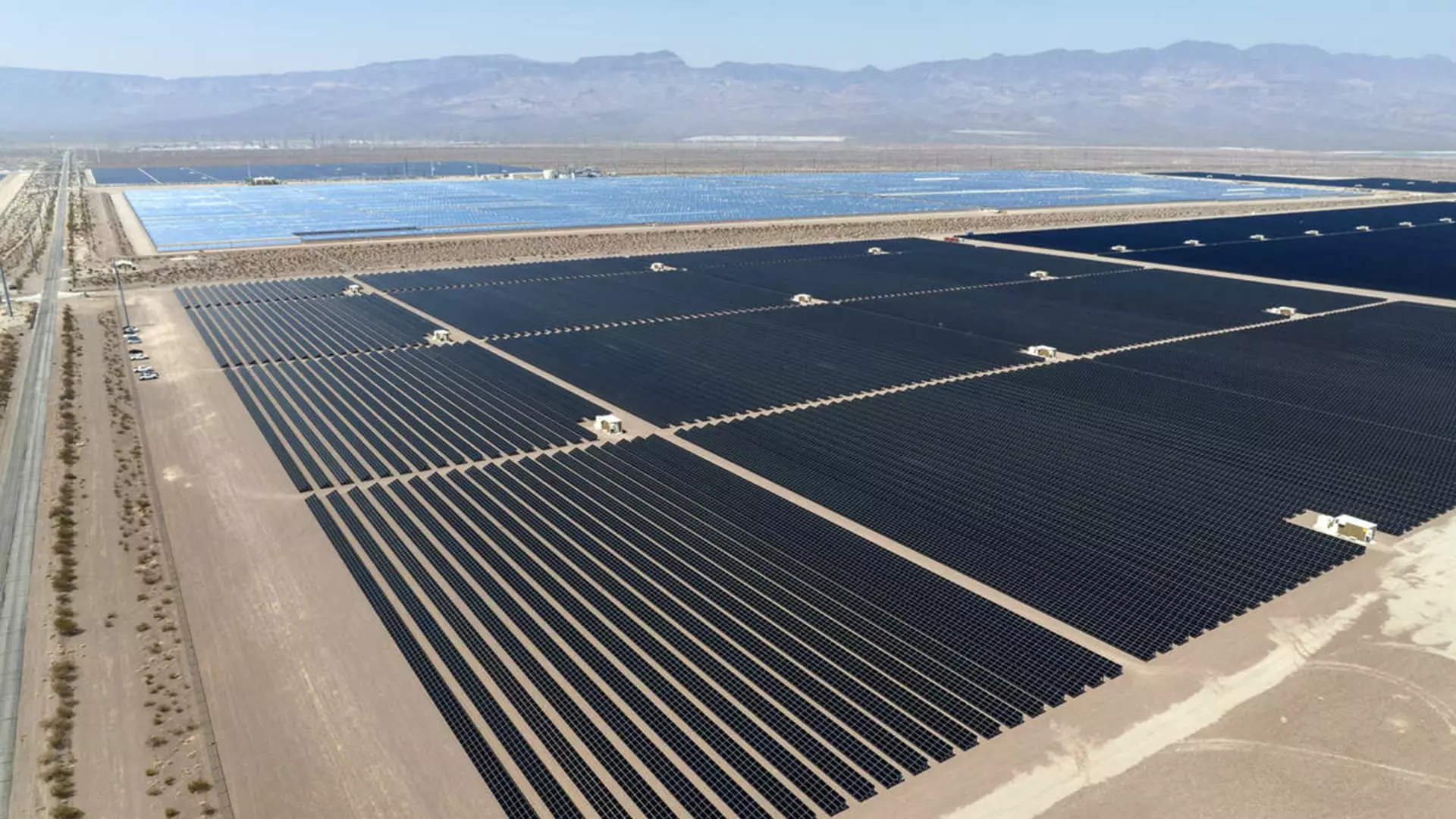On the morning following Donald Trump’s projected reelection, anxiety rippled through the solar energy market, prompting significant declines in various solar stocks. Investors braced for the ramifications of Trump’s potential second term, particularly regarding the future of the Inflation Reduction Act (IRA) — a pivotal legislative achievement of President Joe Biden’s administration. The IRA, designed to bolster clean energy investments through extensive tax incentives, has been instrumental in promoting solar energy proliferation across the United States. In the wake of Trump’s win, however, the prospects for this act seem increasingly uncertain.
The immediate market response was stark. The Invesco Solar ETF, which tracks the performance of publicly traded solar companies, plummeted by over 9% in premarket trading. First Solar’s shares plunged 12%, with residential solar companies such as Sunrun and Sunnova experiencing even steeper declines at 15% and 20%, respectively. Inverter manufacturers like Enphase and tracking solution company Nextracker were not spared either, witnessing declines around 11% and nearly 12%. This brutal market response underscores the intense market sensitivity around policy changes and the perceived stability promised by supportive legislation like the IRA.
Political Climate: The Shadow of Trump’s Agenda
Trump’s political agenda heavily focuses on dismantling initiatives that he believes undermine economic viability, including the IRA, which he disparagingly labels the “Socialist Green New Deal.” This branding resonates with a segment of voters and directly instigates fears among stakeholders in the renewable energy sector. The IRA managed to pass in 2022 devoid of bipartisan support, highlighting the partisan divide that now threatens the sustainability of clean energy incentives. The trajectory of the IRA will be intimately linked to the composition of Congress, raising the stakes for not only solar companies but for the entire renewable energy landscape in the U.S.
Additionally, Trump’s ability to make inroads in traditionally Democratic strongholds, such as Wisconsin, complicates the narrative. As Kamala Harris’ campaign team pointed out, success for the vice presidency hinged significantly on triumphing in so-called Blue Wall states like Pennsylvania, Michigan, and Wisconsin. Trump’s electoral strategies have muddled these once-reliable Democratic territories, indicating a shift in voter sentiment that could profoundly influence future energy policies if the GOP continues to thrive in these zones.
Looking forward, the solar industry finds itself at a critical juncture where the implications of a Trump administration could pivot the clean energy conversation dramatically. Investors are left contemplating how a potential rollback of the IRA or other supportive measures could stifle innovation, investment, and ultimately the growth trajectory that the solar sector has been on. With uncertainty now hanging over the clean energy market, stakeholders must closely monitor the unfolding political landscape to gauge its impact on an industry that plays a crucial role in combating climate change and transitioning to more sustainable energy solutions.

